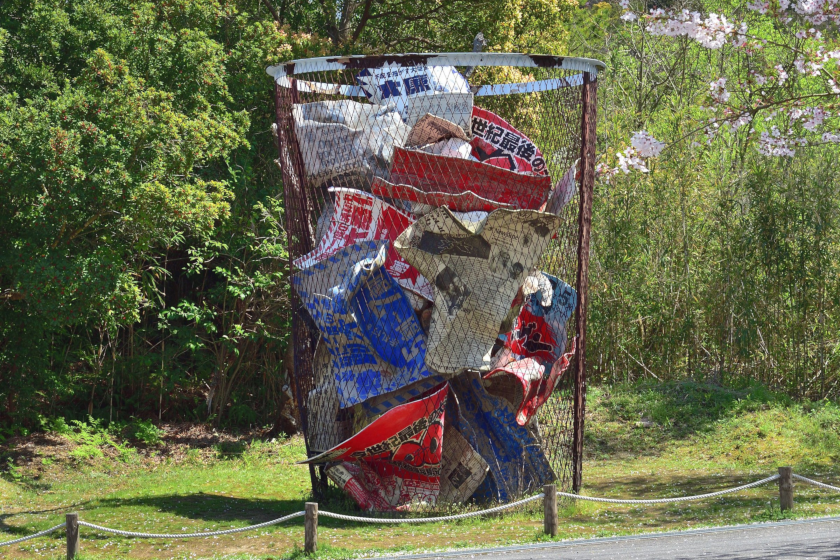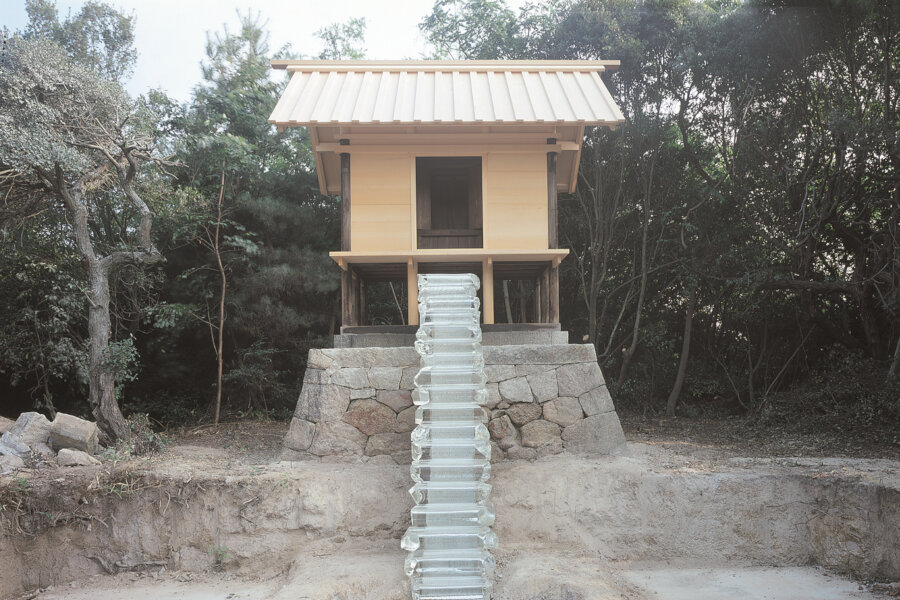The October 2016 issue of our quarterly magazine NAOSHIMA NOTE has been published.
The October 2016 issue of our quarterly magazine NAOSHIMA NOTE contains a special feature entitled "The Setouchi Triennale 2016 and People's Involvements".
The Setouchi Triennale 2016 is now ongoing since March 20th, 2016. The Triennale is an art festival that takes place every three years in the Seto Inland Sea and was first held in 2010. In addition to the east islands (Naoshima, Teshima, Megijima, Ogijima, Shodoshima, Oshima and Inujima), the venue of the 2013 Triennale further included islands in the west (Shamijima, Honjima, Takamijima, Awashima, and Ibukijima). With more than one million visitors expected, the third edition of the Setouchi Triennale takes place this year in these twelve islands and the port cities of Takamatsu and Uno over a total of 108 days during the three seasons of Spring, Summer and Fall, exhibiting 206 works by 226 artists from 34 countries and regions and presenting 38 events. The festival is organized by the Setouchi Triennale Executive Committee, with Soichiro Fukutake, Chairman of the Board of the Fukutake Foundation acting as its General Producer, and Benesse Holdings, Inc. and Fuktuake Foundation participating in the festival as partners.
In this Triennale, artists often work with local residents to create works of art in the natural landscape of the exhibiting areas. After the artists have left, local elderly people continue to communicate stories about these works to visitors, take care of the visitors, and plant flowers in a joyful way. Fascinated by their smiles, an increasing number of people are coming back to these islands again, and consequently new restaurants that serve local specialties have opened and old houses have been turned into inns.
All of these have gradually promoted the rise of communities across the islands where elderly people lead active lives.
In this way, as more people visit the Setouchi islands, more exchanges take place between the local people, especially the elderly, and visitors through works of art and events. The local people become more aware of the charm of their home islands and speak out about them with pride. This leads to the revitalization of communities in the region and a presentation of how to make the most of the characteristics of the local communities--this is the underlying idea of the Setouchi Triennale.
This issue features various scenes of the Setouchi Triennale. It explores how the festival is based on the relationship between visitors, artists, islanders and local communities, local governments, and others. Furthermore, it looks at how the Triennale has brought new people together and created new relationships, and how people have even invented their own projects that help to shape the meaning behind the Triennale.
In the series "The Islanders," we present an interview with Haruji Soga of Teshima Island. Since 2009, he has been the chairman of the Society of Preservation of Karato Rice Terraces, an organization dedicated to the restoration and preservation of the rice terraces overlooking the Teshima Art Museum. In the spring of 2010, six months prior to the opening of the museum, his group reclaimed 250 abandoned, fallow fields and restored them as fertile rice terraces. The Society continues their efforts of maintaining the landscape, uniting the esthetic beauty of the museum with its surroundings.
The column "Opinion - Thoughts on the Local Community" introduces the various programs to which the Fukutake Foundation provides financial support. In this issue, the column focuses on Fumi Yokobori, program director of NPO, DANCE BOX. The organization originally started in Osaka, but relocated to Shin-Nagata in Kobe when the entertainment facility "Festival Gate, " in which it was based, was forced to close due to financial subsidy difficulties of the joint sectors that managed the facility. In the eight years since the move to Shin-Nagata, they have expanded their creative base, branching out from where they create and stage their dance pieces; for them, the seeds of creativity come about by meeting new people, and moving into the streets beyond the studios and theaters. We asked Yokobori to write about the local community of Shin-Nagata from the viewpoint of her dance troupe, local social issues that she has become aware of, and the possible solutions that her dance projects hope to bring about.
You can access the digital version of NAOSHIMA NOTE here.







